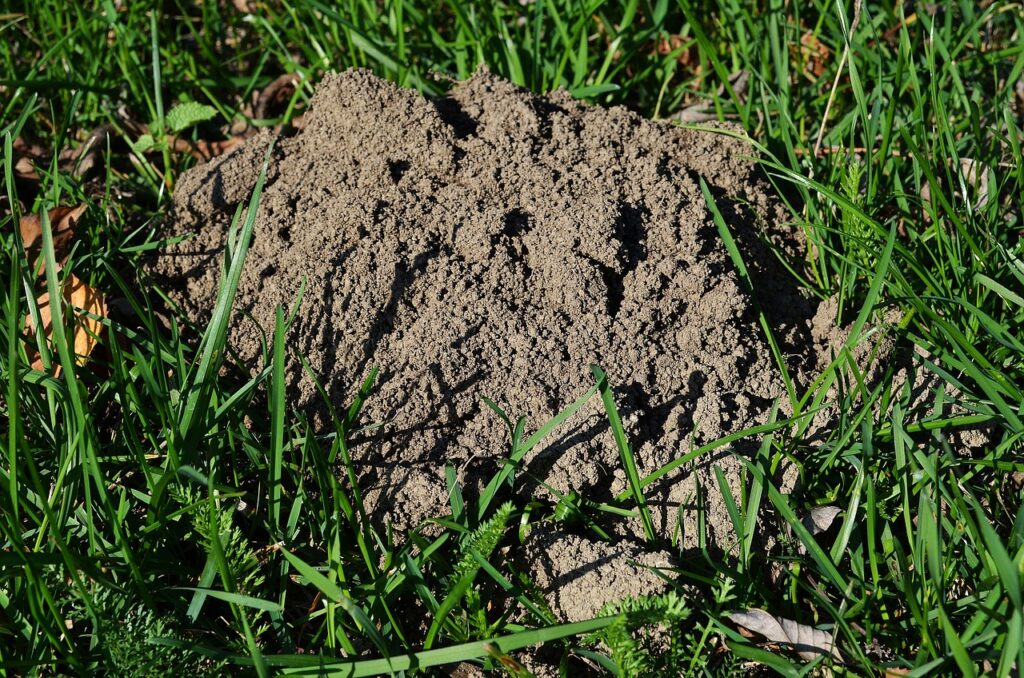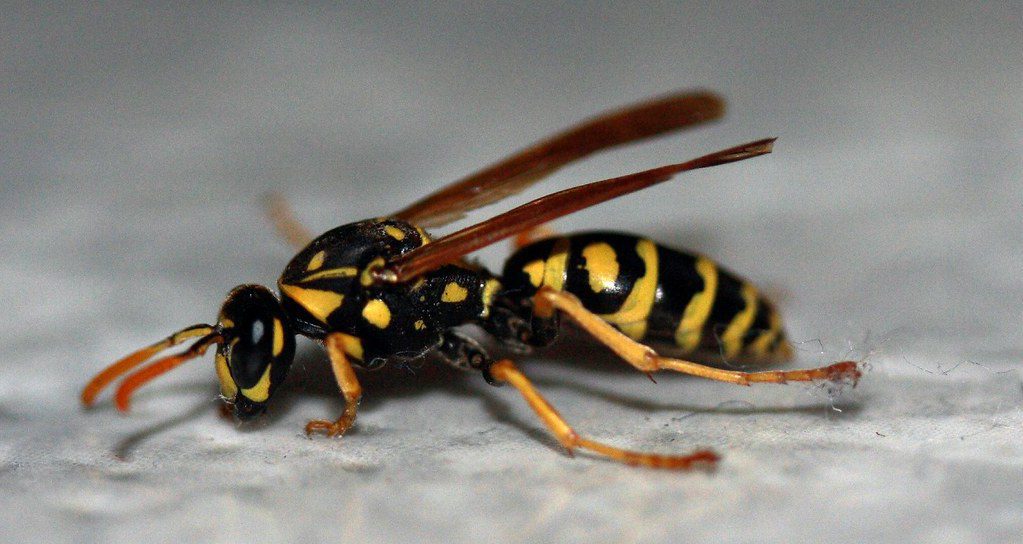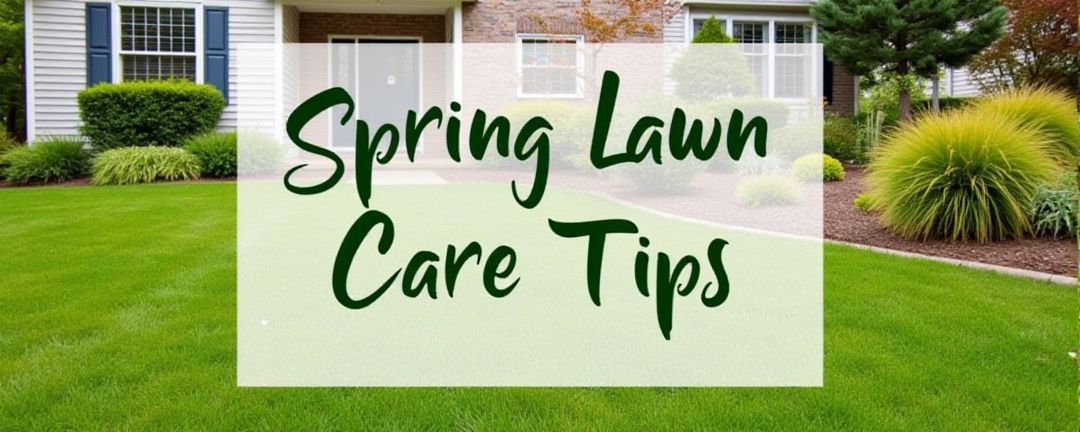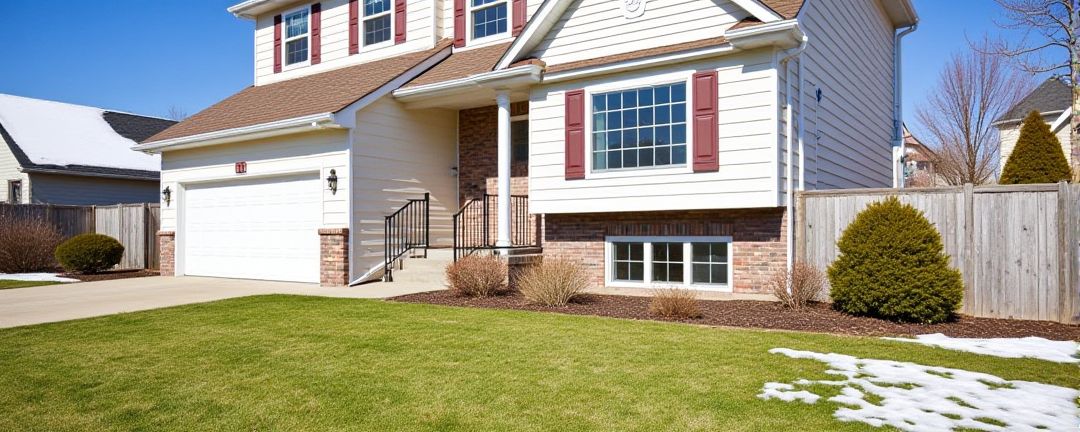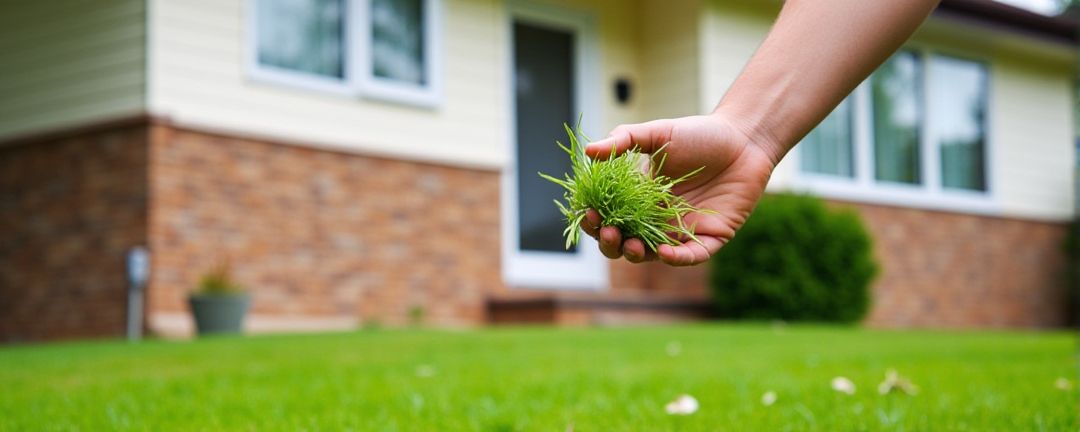
Easy Lawn Patching Tips for a Perfect Yard
Is your lawn starting to look patchy and uneven? Bare spots can be an eyesore and a common challenge for homeowners in Oklahoma and similar regions. If you’re noticing brown or barren patches disrupting the lush, green appearance of your yard, you’re not alone. The good news? With the right approach, you can bring your lawn back to life, whether you’re tackling the project yourself or seeking professional help.
In this guide, we’ll explore why bare spots appear, how Oklahoma’s unique climate plays a role, and what you can do to restore those areas effectively.
Why Do Bare Spots Form?
Bare spots in your lawn can develop for several reasons. Understanding the root cause is essential to implementing the right solution. Here are some common culprits:
- Environmental Stress
Oklahoma is known for its unpredictable weather. Extreme temperature shifts—from blazing summer heat to icy winter cold—take a toll on your grass. Extended periods of drought or heavy rainfall can stress your lawn, creating conditions where grass struggles to grow. - Shading Issues
One of the most frequent causes of bare spots is shading. Grass varieties used in many Oklahoma lawns are often selected for their heat and sun tolerance, as sod farms grow these blends in full sunlight. However, when trees or shrubs are planted later, they create shaded areas where the original grass struggles to survive. - Soil Problems
Poor soil quality is another common issue. Oklahoma’s clay-heavy soil doesn’t always provide the ideal environment for grass to thrive, especially under trees where exposed roots often indicate soil erosion or compaction. Without a proper foundation, new grass seeds are unlikely to establish. - Pet Activity and Foot Traffic
Pets and people can unintentionally damage your lawn. Frequent traffic in the same areas compacts the soil, while pet urine creates chemical imbalances that kill the grass. - Pests or Disease
Lawn pests, such as grubs, or fungal diseases can also cause dead patches. These problems can go unnoticed until the damage is already significant.
Step 1: Assess the Problem
Before jumping into lawn patching, take a close look at your yard to identify the underlying cause of the bare spots. Understanding the issue will help you select the right grass seed, soil, and approach for your situation.
For example, are the bare spots under a tree? The existing grass may not tolerate the cooler, shaded conditions. Is the area compacted or eroded? You may need to improve the soil structure before planting seeds. Determining the cause is key to achieving long-lasting results.
Step 2: Choosing the Right Grass Seed
The type of grass seed you use will determine how successful your lawn repair efforts will be. Most sod used in Oklahoma is grown with grass varieties designed for sunny conditions, such as Bermuda grass. If your lawn has shaded areas due to trees or structures, you’ll need to overseed those patches with a seed blend specifically designed for shade tolerance.
Here are some tips for selecting the right seed:
- Match the Environment: Choose grass blends labeled for “shady areas” or “cool climates” if the spot is under a tree or doesn’t get much sunlight.
- Consider Regional Climate: Make sure the seed is well-suited for Oklahoma’s weather patterns.
- High-Quality Mixes: Look for seed blends with a high germination rate and minimal filler.
Step 3: Prepping the Area with Topsoil
When it comes to patching a lawn, topsoil plays a critical role. If tree roots are visible in bare spots or if the soil feels hard and compacted, your lawn doesn’t have a strong foundation for grass to grow. Adding a layer of topsoil can improve drainage, support root development, and provide essential nutrients.
How Much Topsoil Do You Need?
For lawn patching, we recommend applying about 3–4 inches of quality topsoil to the bare areas. This depth is enough to cover exposed roots and create a hospitable environment for grass seeds to germinate.
What to Look For in Topsoil:
- Choose a topsoil blend designed for lawns, not garden plants.
- Look for options with moisture-retaining properties or starter fertilizer mixed in.
- Read reviews to ensure the soil is free of debris or contaminants.
Step 4: Planting Grass Seeds
Once the area is prepped, it’s time to overseed. Spread the grass seed evenly across the bare spots. To ensure full coverage, consider using a handheld spreader for smaller patches or a broadcast spreader for larger areas.
Lightly rake the seeds into the topsoil so they’re covered by about 1/4 inch of soil. This step protects the seeds from being washed away by rain or eaten by birds.
Step 5: Watering and Maintenance
Watering is one of the most important aspects of successful lawn patching. Newly planted seeds need consistent moisture to germinate and establish roots.
- Frequency: Water the patched areas once a day for about 10 days, ideally before noon when the sun is less intense.
- Amount: Aim to keep the soil evenly moist but not waterlogged. Overwatering can cause seeds to rot.
- Adjust for Climate: Depending on Oklahoma’s weather, you may need to water more or less frequently.
Monitor the patched areas closely. If you notice bare spots where seeds didn’t germinate, reapply grass seed as needed.
Step 6: Prevent Future Bare Spots
Once your lawn is repaired, take steps to prevent bare spots from reappearing:
- Aerate Your Lawn: Aeration relieves soil compaction, allowing water and nutrients to reach grass roots.
- Fertilize Regularly: Use a balanced fertilizer to keep your lawn healthy and resilient.
- Limit Foot Traffic: Encourage pets and family members to use designated paths or play areas.
- Mulch Under Trees: If grass struggles to grow under trees, consider mulching those areas instead.
Lawn Patching Checklist
Here’s a quick summary to guide you through the process:
- Identify the cause of bare spots.
- Choose a grass seed blend suited for the environment.
- Apply 3–4 inches of quality topsoil.
- Spread grass seed evenly and lightly rake it into the soil.
- Water daily for about 10 days or as recommended.
- Reapply seed if needed and maintain the lawn to prevent future damage.
In Conclusion
Fixing bare spots in your lawn doesn’t have to be daunting. With a little effort and the right materials, you can restore your lawn’s lush, green appearance. However, if you’d rather leave it to the experts, Terra Mows Outdoor Services is here to help. Contact us today for a free quote, and let us take care of your lawn care needs!

